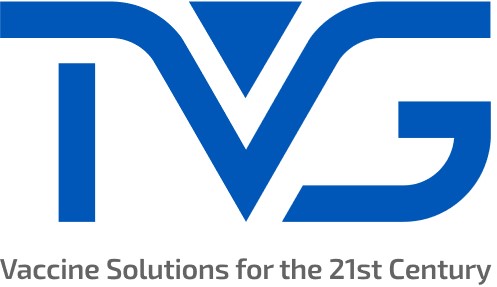Our Research
Vaccine Vector Design and Construction
Science is moving at an ever-increasing speed, which provides the laboratory with a continuous source of new ideas and inspiration for vaccine vector design. This is an area of my laboratory that is therefore always ‘Under Construction’.
Transmissible Vaccines to Target Zoonoses in Wildlife Reservoirs
Infected animals and their products are the most common route by which deadly microbes enter the human population. The list of these so called zoonotic (transmitted from animals to humans) microbes is extensive, but includes many known and perhaps not so well known agent, including: SARS-CoV-2, rabies, Ebola and Lassa viruses. If it wasn’t for pasteurization of milk, which kills the causative bacterium, bovine tuberculosis (bTB) would similarly fall within this zoonotic category.
Vaccination of wildlife species has been shown to be very effective in preventing these microbes jumping into humans. The use of vaccine-loaded oral bait has controlled rabies in wild foxes and racoons in Europe and North America over the past 40 years. However, the use of such a oral bait vaccination is suited only to a few specific situations and is not suited to the harsher environments where most of the most deadly zoonotic microbes emerge.
Transmissible vaccines target Emerging Infectious Disease (EID) pathogens within the animal species involved in zoonotic transmission rather than within humans themselves. This approach therefore provide protection to humans indirectly by vaccination of the animals involved in transmission. Consistent with this strategy, the R&D blueprint for control of the EID MERS published by the World Health Organization (WHO) identified that: “It will be important to shore up funds for a camel vaccination option, as this may be the fastest developmental and regulatory route toward licensing a product that can prevent human MERS-CoV infections and deaths”. We currently have a number of projects focused on the application of this technology targeting many different pathogens and their diseases.
Herpesvirus-based Vaccines for Humans
Herpesvirus-based vaccines have a number of unique qualities that make then suited for development as vaccines for direct use in humans. Before I moved my lab to Plymouth, a main area of focus was the development of a herpesvirus called cytomegalovirus (CMV) as a vaccine platform to develop a human HIV vaccine. These early studies were performed in the rhesus macaque model using a related virus called simian immunodeficiency virus (SIV). Whilst at Plymouth, my lab expanded to apply CMV and other related herpesvirus-based vaccines against other human infectious diseases including Ebola virus as well as cancer. Given the increasing problem of antimicrobial resistance (AMR), an exciting new area of interest is using this technology to vaccinate against bacterial pathogens of humans, including Group A Streptococcus.
Antiviral Therapeutics for COVID-19
The Vaccine Group (my UoP spinout company)
In 2017, I, together with the help of many individuals incorporated The Vaccine Group (TVG) as a spin-out company to commercialise herpesvirus-based vectors for agricultural vaccines in animals.

TVG is focused on a number of critical microbial diseases that affect livestock, primarily pigs and cattle. This has been an exciting and informative experience. A link to TVG can be found here.